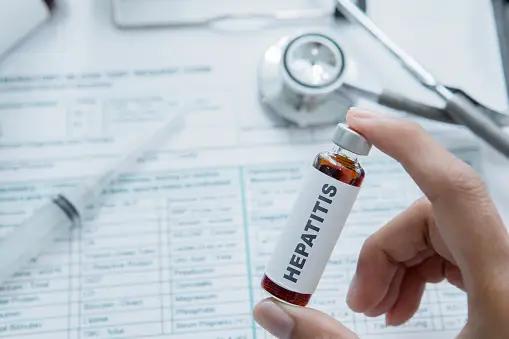The Role of Bulevirtide in Chronic Hepatitis D with HIV and HBV
Insights from phase 3 study evaluating bulevirtide efficacy in coinfections.

Bulevirtide (BLV), an entry inhibitor sanctioned by the European Union for chronic hepatitis D (CHD) therapy, has scant evidence regarding its safety and effectiveness in individuals coinfected with HIV, HBV, and HDV. This analysis at week 96 from the phase 3 MYR301 (NCT03852719) study seeks to outline the safety profile and effectiveness of BLV, specifically including patients with HIV/HBV/HDV co-infections. Both virologic and biochemical response rates improved, presenting no new safety concerns. The 2 patients co-infected with HIV/HBV/HDV experienced a comprehensive response and showed good tolerance towards BLV.
A total of 150 individuals with CHD were divided equally into 3 arms. Arm A received no active treatment against HDV for the first 48 weeks, then was administered 10mg/d of BLV for the subsequent 96 weeks (n=51). Arms B or C commenced treatment with BLV immediately at doses of 2 mg/d (n=49) and 10 mg/d (n=50) respectively, for 144 weeks, followed by a 96-week observation period post-treatment.
By week 96, combined, virological, and biochemical response rates were comparably effective in Arms B and C. For Patient 1, key metrics shifted from a baseline HDV RNA of 3,345,358 IU/mL to <50, HBV DNA from 22 IU/mL to undetectable, HBsAg from 18,000 to 6,400 IU/mL, and ALT from 289 to 18 U/L. For Patient 2, significant changes were noted from baseline to Week 96 in HDV RNA (from 425,354 IU/mL to <50), HBV DNA (from 17 IU/mL to <10), HBsAg (from 8,100 to 5,200 IU/mL), and ALT (from 97 to 26 U/L). By Week 96, both patients co-infected with HIV/HBV/HDV achieved a combined virological and biochemical response without necessitating any adjustments to their antiretroviral therapy regimen.
Initially, Patient 1, in Arm B was 39 years old, tested negative for HCV antibodies, had an undetectable HIV viral load, a CD4 count of 786/mm^3, and was on a regimen of tenofovir, lamivudine, and etravirine. Patient 2, in Arm C, was 40 years old, positive for HCV antibodies (but HCV RNA negative), had an undetectable HIV viral load, a CD4 count of 559/mm^3, and was on a treatment regimen of emtricitabine, tenofovir alafenamide, and raltegravir.
The efficacy of the treatments was evaluated based on a combination of criteria, including undetectable HDV RNA or a decline of ≥2 log10 IU/mL from baseline and normalization of ALT levels, alongside virologic and biochemical response rates. Controlled HIV infection was defined for this analysis as having a CD4 count >500 cells/mL and an undetectable HIV RNA level.
Across the board, initial characteristics were broadly consistent among the groups: average (SD) age stood at 41.8 (8.4) years, with males comprising 57%, Whites 83%, and those with compensated cirrhosis making up 47%. Average (SD) levels were HDV RNA at 5.05 (1.34) log10 IU/mL, ALT at 110.9 (69.0) U/L, and 61% were receiving concurrent nucleos(t)ide analogues.
Overall, neither of the HIV/HBV/HDV co-infected participants experienced any drug discontinuations, serious adverse events, or deaths related to BLV. Further research is warranted to explore BLV's impact on patients with HIV/HBV/HDV co-infection and can be heard at the Conference on Retroviruses and Opportunistic Infections (CROI).
Reference
Wedemeyer H, Aleman S, Brunetto M, Wyles D, et. al. Efficacy and Safety of BLV 2 or 10 mg for 96 Weeks in CHD Including in 2 Patients With HIV/HBV/HDV. Poster #735 presented at CROI 2024. March 3-6, 2023. Denver, CO.
